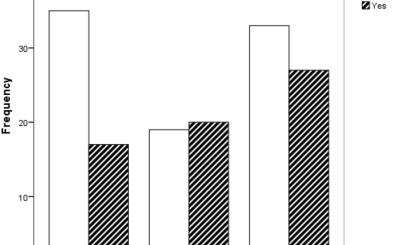Understanding Financial Ratios is an important part of being a successful investor. These ratios can provide a comprehensive picture of the health of your company and allow you to spot potential problems before they become serious.
These financial ratios can be used to assess a company’s performance across a variety of different categories, including profitability, liquidity, solvency, efficiency and valuation. They can also be used to compare a company’s performance to that of a similar company in a particular industry.
Profitability
Profitability is an important metric for business owners to understand, as it can be a powerful tool in determining if your company’s future prospects look bright. It is also a key metric used by investors to evaluate a business’s value, based on how well it can generate profits over time.
Profits are a company’s net income, which is a sum of revenue minus expenses. Companies use different accounting methods to track their profits, including cash and accrual basis.
The profitability ratios that you will most often find on a company’s income statement are gross margin, profit margin, return on assets, return on equity, and return on capital employed. These ratios can help you determine how efficiently your company uses its resources to make money. They are most useful when compared to similar businesses, your own history, and industry averages.
Liquidity
Liquidity is an important financial measure that determines a company’s ability to pay short-term liabilities. Creditors and investors evaluate liquidity ratios when deciding whether or not to extend credit to a business.
A company’s balance sheet lists the assets and short-term debt it owns, along with the bills it owes. This gives creditors and investors a clear view of the company’s financial position.
Understanding financial ratios is an essential skill for any business owner to have, as they can help you better manage your finances and make sound decisions about a variety of different issues. The three most common ratios are the current ratio, quick ratio and cash ratio.
The current ratio, also known as the working capital ratio, relates a firm’s most liquid assets to its short-term liabilities. This is the acid test of liquidity, because it indicates whether a company’s short-term obligations can be met from its current assets without difficulty.
Efficiency
Efficiency measures how well a company uses its resources, including money, capital, human and production equipment, and energy sources. Efficient companies use these resources to produce products and services that create profit.
Businesses that have efficient systems and processes often make more money from their operations, leading to higher profits, happier staff members, and satisfied customers. They also have less waste and inefficiency throughout their operations.
One of the most important efficiency ratios is accounts payable turnover, which evaluates a business’s effectiveness at paying suppliers and vendors quickly. When this ratio is lower, it means the company is letting cash go too quickly and may not be taking advantage of longer credit terms from its vendors.
Another efficiency ratio is days’ sales outstanding (DSO), which measures how many days it takes a company to collect funds from its customers. A lower DSO means that a company is more effective at collecting payments from its customers, and faster payment collection helps boost cash flow.
Growth
A ratio is a number that can be used to analyze a company’s financial performance. Understanding how these numbers are calculated can help investors understand the strengths and weaknesses of a business.
One of the most common types of ratios is the growth ratio. This measure shows how the growth of a company’s sales compares to its costs and inflation.
It also helps determine whether or not the company is able to meet future needs with current assets. The higher the ratio, the better.
Another type of ratio is the liquidity test, which measures how much short-term assets a company has to cover its debts. It is a more stringent version of the current ratio and only looks at the most liquid assets, like cash or accounts receivable.










